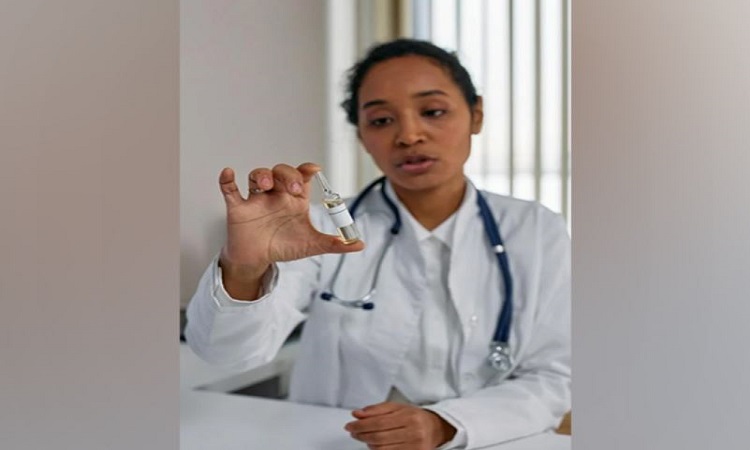Kidney stone risk is lowered by a class of diabetes medications
Type 2 diabetes is related to an increased risk of kidney stones; however, various forms of treatment for this condition may potentially reduce the risk of kidney stones. Read further on Dynamite News:

Los Angeles: Kidney stones are becoming increasingly common around the world. Type 2 diabetes is related to an increased risk of kidney stones; however, various forms of treatment for this condition may potentially reduce the risk of kidney stones.
Researchers at Mass General Brigham discovered that using sodium-glucose contratransporter 2 (SGLT2) inhibitors was associated with a decreased chance of acquiring kidney stones.
The findings were published in JAMA Internal Medicine.
The study included data from three nationwide databases of patients with type 2 diabetes who were seen in routine clinical practice.
Also Read |
Study sheds more light on ability of cancer drug to lower blood sugar
Read This Also: Gene-editing provides hope for patients with inherited disorders
The team analyzed information from 716,406 adults with type 2 diabetes who had started taking an SGLT2 inhibitor or two other classes of diabetes medications known as GLP1 receptor agonists or dipeptidyl peptidase 4 (DPP4) inhibitors.
Patients who began taking SGLT2 inhibitors had a 30 per cent lower risk of developing kidney stones than those taking GLP1 agonists and about a 25 per cent lower risk than those taking DPP4 inhibitors.
Researchers from Brigham and Women's Hospital and Massachusetts General Hospital, founding members of the Mass General Brigham healthcare system, worked together to conduct the analysis.
Also Read |
Study assesses therapeutic strategies for severe obesity in adolescents
Read This Also: People to think twice before going on a diet
The findings were consistent across sex, race/ethnicity, history of chronic kidney disease and obesity.
"Our findings could help inform clinical decision-making for patients with diabetes who are at risk for developing kidney stones," said corresponding author Julie Paik, MD, ScD, MPH, of the Division of Pharmacoepidemiology and Pharmacoeconomics and the Division of Renal (Kidney) Medicine at Brigham and Women's Hospital. (ANI)
 Dynamite News
Dynamite News 